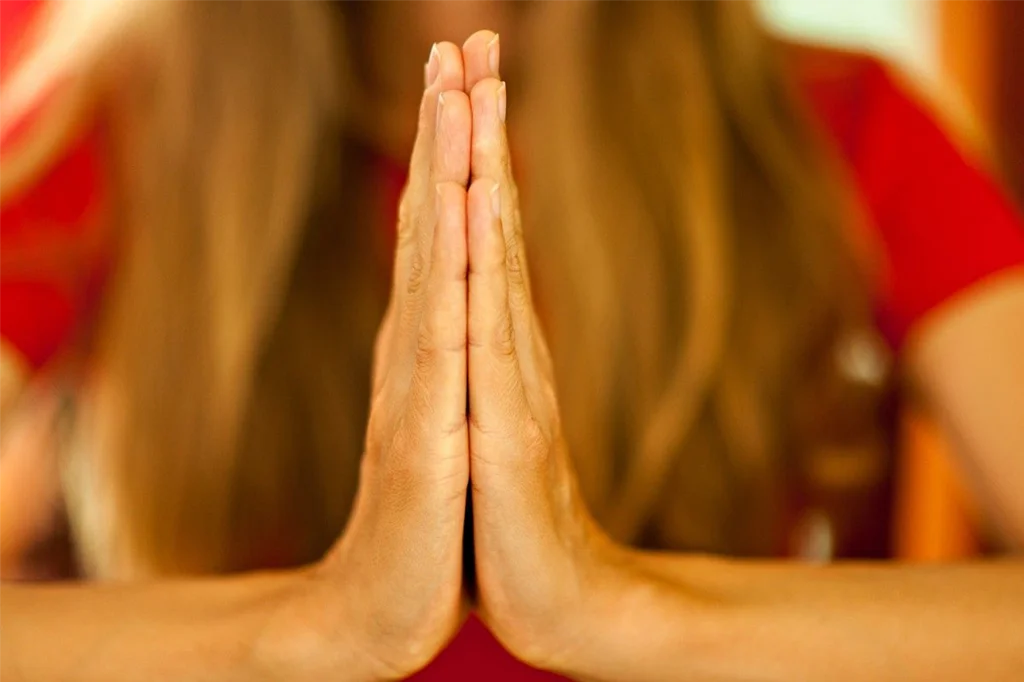Anjali Mudra - The Yoga Mudra Pose of Reverence and Connection
At its heart, this elegant gesture resonates as a physical embodiment of respect, gratitude, and connection, performed across generations with reverential enthusiasm.
The Meaning and Significance of Anjali Mudra
Anjali Mudra, typically depicted by the simple act of joining two palms together at the heart, is more than just an iconic posture in yoga practice. In Sanskrit, Anjali translates to divine offering, while Mudra connotes seal or sign. Put together, the term portrays a humble expression of one’s pure-hearted tribute to the divine essence residing within oneself and others.

The Symbolism Behind the Gesture
The aesthetic appeal of this symbolic posture can easily ensnare the unsuspecting viewer. The gentle clasp of hands before the heart forms a symmetric figure that beautifully captures the body’s inherent harmony. However, Anjali Mudra’s true allure lies far beneath its charming surface. The joining of hands is emblematic of the meeting of two extremities – self and divine, individual and universal, ego and enlightenment.
As one partakes in the Anjali Mudra, they’re offering an implicit message, saying: The divinity within me bows and respects the divinity within you. Hence, this ancient practice surpasses the limitations of being a mere form of greeting, venturing instead into the realm of a profound interpersonal connection that exudes deep respect and love.
The Role of Anjali Mudra in Yoga Practice
When integrated into yoga practices, the Anjali Mudra is often positioned at the heart chakra – the body’s energy center related to love and compassion. Its purpose here is clear: To induce serenity and balance, invoking an introspective atmosphere ripe for self-discovery and mindfulness.
But it’s not limited to yogic spaces; the Anjali Mudra transcends yoga mats, gracing spiritual, cultural, and social spheres with its endearing grace. Globally known as the Namaste, it serves as an emblem of gracious respect across numerous countries in Asia.
While this emblematic mudra doesn’t ask for stringent practice, incorporating it into your daily routines or yoga practice is undeniably impactful. Anjali Mudra subtly reinforces a nurturing interaction with the self and with others. Practicing it facilitates an emotional harmony that fosters peace, connection, and respect – gifts we can all appreciate in our bustling, fast-paced world.
Anjali Mudra, therefore, holds more depth than what meets the eye. A simple joining of hands that encapsulates profound meaning propagates love and respect and stimulates peace within and around the practitioner. Whether you choose to adopt it as a spiritual token, a respectful greeting, or an enhancement to your yoga practice, this elegant gesture will assuredly leave an enduring imprint of tranquillity on your life’s canvas.
